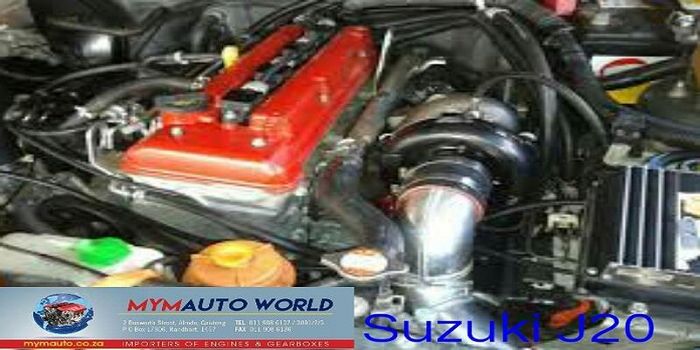Comprehensive Evaluation of a Subcompact Auto's Powertrain Capabilities
In the realm of auto design, the powertrain of a subcompact car stands as an essential nexus where performance, efficiency, and development assemble. From the engine's unrelenting search of optimum efficiency to the transmission's seamless choreography of power distribution, every aspect plays a vital function in specifying the total driving experience.
Engine Efficiency Evaluation
In assessing the engine efficiency of the subcompact auto, a comprehensive analysis discloses its effectiveness and power outcome under various driving conditions. The subcompact cars and truck's engine, a crucial component of its powertrain system, shows extensive efficiency metrics. The engine's efficiency is remarkable, as it maximizes fuel intake without endangering power distribution. Under normal driving problems, the engine operates smoothly, showcasing an equilibrium in between efficiency and gas economic situation.
In addition, when subjected to strenuous testing scenarios such as high-speed velocity or uphill climbs up, the engine shows strength and responsiveness. Its power outcome remains constant, giving appropriate acceleration when required. The subcompact car's engine is customized to fulfill the demands of metropolitan driving, where quick velocity and active maneuverability are essential.
In addition, the engine's layout incorporates modern-day innovations that enhance its performance features. Features like turbocharging or variable shutoff timing contribute to improved power distribution and torque, boosting the total driving experience. To conclude, the engine performance of the subcompact auto emphasizes its ability to supply efficient and reliable power result across different driving problems.
Transmission Performance Evaluation
Analyzing the subcompact cars and truck's transmission efficiency includes analyzing its performance in transmitting power perfectly throughout different driving problems. The effectiveness of a transmission system is essential as it directly affects the overall efficiency and gas economic climate of the automobile. In evaluating transmission effectiveness, variables such as equipment ratios, shift timing, and the level of smoothness of equipment adjustments are taken into consideration. A properly designed transmission system ought to effectively supply power from the engine to the wheels while reducing energy losses.
One typical method utilized to evaluate transmission performance is with dynamometer screening, where the power result from the engine is measured at the input and outcome shafts of the transmission. Discrepancies between input and output power can show the degree of performance of the transmission system. In addition, real-world driving tests are conducted to assess exactly how the transmission performs in sensible circumstances. By evaluating these aspects, designers can identify locations for improvement and maximize the transmission system for better total performance and efficiency.
Fuel Efficiency Evaluation
The examination of the subcompact car's fuel performance includes a detailed evaluation of its usage rates under numerous driving conditions. Gas effectiveness is a vital factor in evaluating the overall performance and cost-effectiveness of a lorry. By official source measuring the quantity of gas consumed per system range traveled, commonly shared as miles per gallon (MPG) or liters per 100 kilometers (L/100 km), the efficiency of the subcompact vehicle's powertrain can be identified.

In addition, advancements in modern technology, such as hybrid systems, regenerative stopping, and automatic start-stop systems, have actually substantially boosted fuel efficiency in contemporary subcompact cars. Producers continue to enhance and innovate powertrain elements to boost gas effectiveness while fulfilling performance demands and environmental laws. Evaluating a subcompact vehicle's gas performance offers beneficial insights for consumers looking for economical and sustainable transport services.
Velocity and Handling Assessment
An important aspect of examining the performance capabilities of a subcompact vehicle depends on examining its acceleration and taking care of features. Acceleration is important as it establishes exactly how quickly the automobile can get to preferred speeds, impacting overall driving experience and ability to move in various web traffic conditions. opel corsa engine. Subcompact cars and trucks are often favored for their nimbleness and dexterity, making velocity from dead stop and during overtaking maneuvers crucial aspects to consider
When it pertains to taking care of, a subcompact cars and Visit This Link truck's capability to browse edges, keep security at broadband, and offer a receptive guiding feeling are critical. Tight city streets and winding roads require specific taking care of to make sure motorist confidence and safety. Factors such as suspension tuning, weight browse around these guys circulation, and tire hold play significant functions in identifying a subcompact auto's overall handling prowess.

Powertrain Elements Review
Upon delving into the intricacies of a subcompact cars and truck's performance, a detailed evaluation of its powertrain components is essential to understand the lorry's mechanical foundations. The powertrain of a subcompact automobile usually consists of the engine, transmission, driveshaft, differential, and axles. Recognizing just how these components work with each other is important in analyzing a subcompact auto's overall performance, efficiency, and driving dynamics.
Conclusion
To conclude, the subcompact automobile's powertrain capacities have actually been thoroughly assessed in terms of engine performance, transmission efficiency, fuel handling, performance, and acceleration. The thorough testimonial highlights the relevance of each part interacting effortlessly to provide ideal performance. Generally, the powertrain elements of the subcompact car have actually been discovered to be reliable and healthy, making it a trustworthy selection for motorists seeking a portable and fuel-efficient vehicle.
In the world of vehicle design, the powertrain of a subcompact car stands as a crucial nexus where efficiency, efficiency, and development merge.In evaluating the engine performance of the subcompact auto, a thorough evaluation exposes its efficiency and power result under numerous driving conditions.Analyzing the subcompact automobile's transmission efficiency entails analyzing its efficiency in transmitting power flawlessly throughout various driving problems. Comprehending how these elements function with each other is critical in analyzing a subcompact car's total efficiency, effectiveness, and driving characteristics.In final thought, the subcompact car's powertrain capacities have been extensively evaluated in terms of engine efficiency, transmission performance, fuel velocity, handling, and performance.